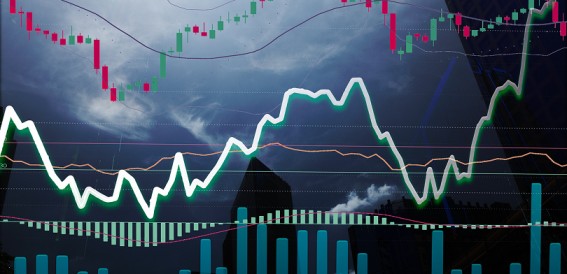The term “Open Interest” refers to the total number of outstanding futures or options contracts in the stock market i.e. how many promises to buy or sell stocks are still active. This basically indicates the number of market participants involved in a particular security or derivative, suggesting the level of interest or enthusiasm in trading that asset. Open Interest is calculated by summing up the total number of outstanding contracts. For example, if traders A, B & C hold 3, 5 and 2 contracts respectively, the open interest would be 10 contracts. Open interest is not the same as trading volume, as one contract can involve both a buyer and a seller.
Understanding the impact of tick size on open interest can further refine your analysis, helping you make more informed trading decisions.
Topics Covered
- Understanding Open Interest
- Factors Affecting Open Interest
- Using Open Interest in Trading Strategies
- Risks and Limitations of Open Interest
- Tools and Resources for Open Interest Analysis
- How to calculate open interest?
- Conclusion
What is Open Interest ?
Open Interest can be measured by tracking changes in the number of outstanding contracts over time. An increase in open interest indicates new positions, implying higher market activity, while a decrease suggests new closed positions. If open interest increases along with a rising price, it suggests new long positions. Conversely, if open interest rises during a price decline, it indicates new short positions. Thus, high open interest coupled with increasing prices may signal a bullish trend, while decreasing prices alongside rising open interest might suggest a bearish trend. Here, market makers play a vital role in providing liquidity to the market. They often create new positions and contribute to open interest. By facilitating trading and taking the opposite side of trades, market makers help maintain a smooth flow of transactions.
Recommended Read: What is Futures and Options
Factors Affecting Open Interest
There are several factors that can trigger open interest for a stock.
- News and events such as earnings announcements, economic data releases, or policy changes can significantly impact open interest. Investors tend to take new positions or adjust existing ones based on the news & announcements.
- Certain sectors or stocks are impacted by seasonal patterns. For example, agricultural commodities may experience higher open interest during planting or harvesting seasons.
- Liquidity, or how easily stocks can be bought or sold, can impact open interest too. Highly liquid markets tend to have higher open interest, as there are more participants trading activity. On the other hand, illiquid markets may have lower open interest, making it more challenging to enter or exit positions.
Begin your investing journey today. Your Demat account is the first step.
Using Open Interest in Trading Strategies
Open Interest can be used in different trading strategies.
Swing Trading:
Swing traders can analyze open interest to identify short-term price reversals or trend continuations. Changes in open interest can help confirm entry and exit points for swing trading strategies.
Position Trading:
Position traders focus on long-term trends. Open interest can be used to gauge the strength of a prevailing trend and determine potential reversals or continuations in the market.
Scalping:
Scalpers aim to profit from small price fluctuations. They can utilize open interest data to assess the market’s liquidity and spot potential short-term trading opportunities.
Hedging:
By analyzing open interest, traders can hedge their positions.
Risks and Limitations of Open Interest
You should not solely rely on open interest for trading decisions. Conduct a comprehensive market analysis before the trading decisions. During highly volatile periods, open interest data may not accurately reflect market sentiment due to rapid changes in positions. Further, in illiquid markets, open interest may be relatively low, making it harder to execute trades or exit positions. Traders should be mindful of these limitations and adjust their strategies accordingly.
Recommended Read: How to do the right type of trading in markets
Tools and Resources for Open Interest Analysis
There are several free and paid resources available where you can access data on open interest. Various financial websites and trading platforms provide free open interest information. You can also opt for paid/ premium services for comprehensive and advanced analytics.
The trading platform offered by your broker also offers open interest data and built-in features to analyze and interpret it. You can access real-time data, charting features, trend analysis, and customizable indicators and integrate it with trading strategies.
Tick Size in Options Trading
To calculate open interest, start by looking at the total number of options or futures contracts that are currently open in a market. Subtract the number of contracts that have been closed or exercised since the previous calculation. The resulting figure represents the open interest, providing insight into market sentiment and potential liquidity.
Recommended Read: Price-to-Book Ratio
Conclusion
Open Interest is a crucial metric in the stock market that provides valuable insights into market sentiment, trends, and potential trading opportunities. By understanding how open interest is calculated, analyzing data, and incorporating it into trading strategies, you can make more informed decisions. While open interest is a useful tool, it should be used in conjunction with other market indicators to make informed decisions.











